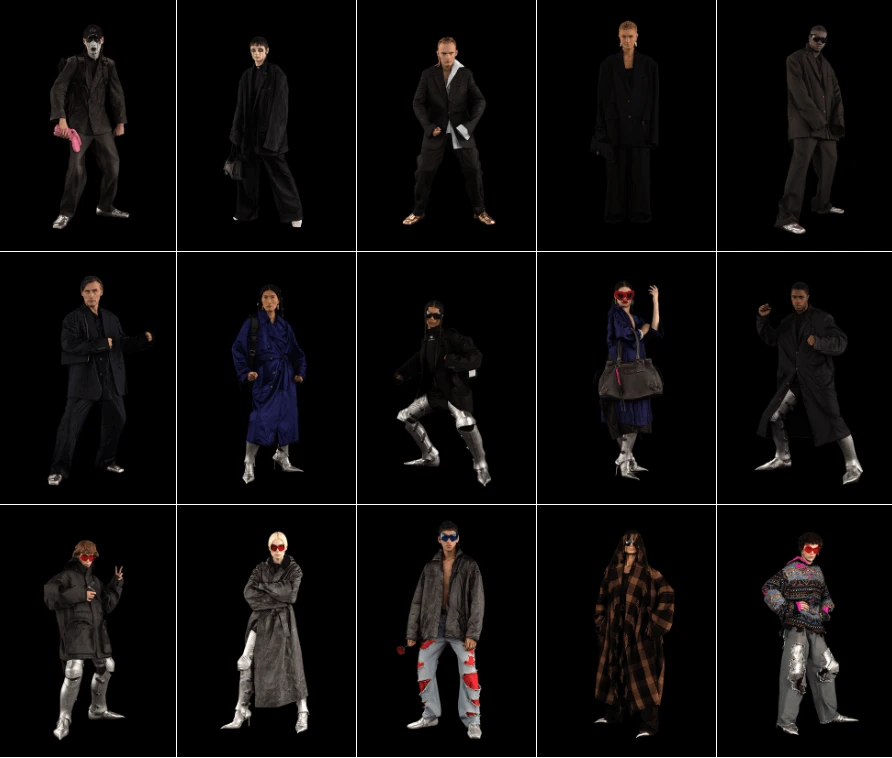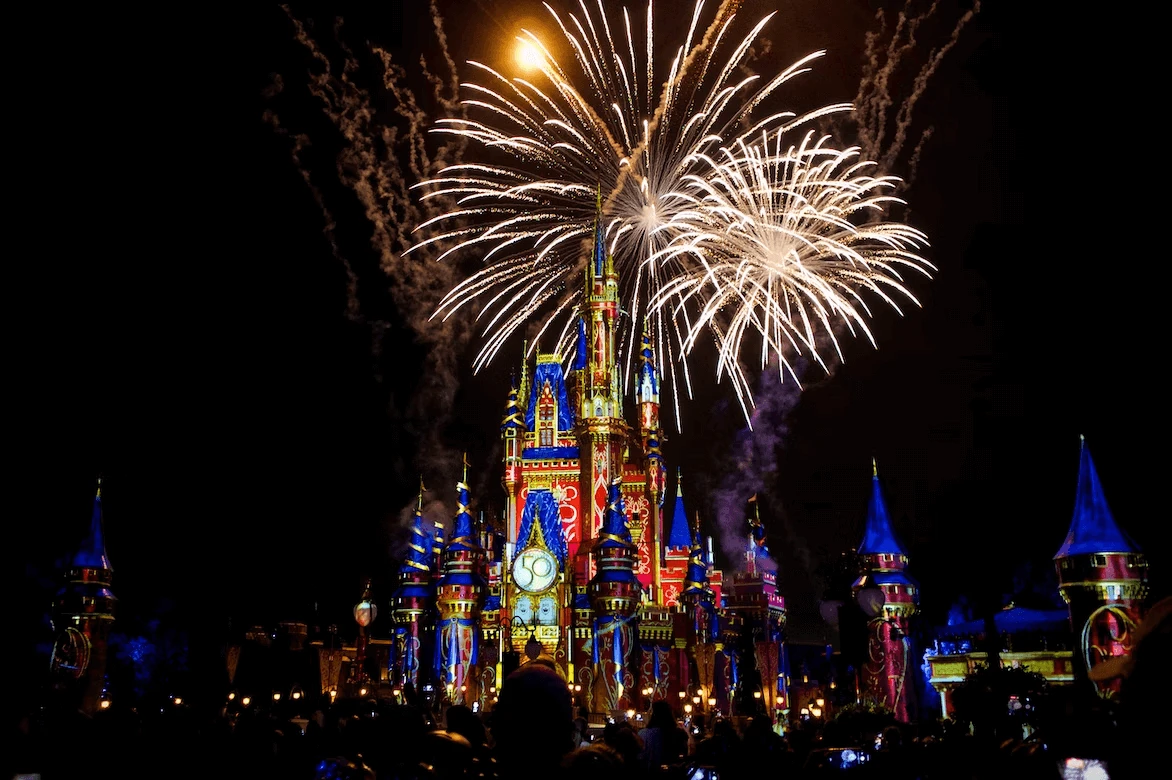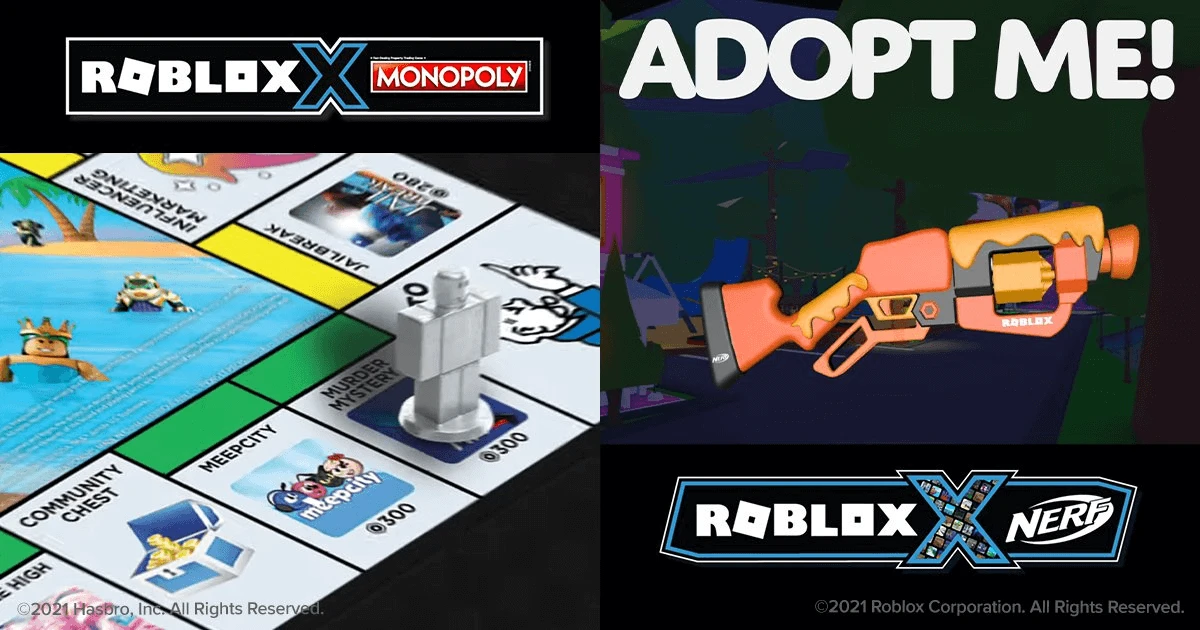The metaverse has quickly transformed from a buzzword to a thriving area where companies across numerous industries can invest. The good news is that, even though the technology is still in its infancy, we can already see lessons emerging from early successes. More brands are eager to exploit the incredible potential of digital spaces and goods each day. So, what’s the secret to creating immersive marketing and advertising experiences in the metaverse? Let’s find out.
Why the Metaverse Represents a Revolution in Advertising
In 2021, Metaverse-related companies reportedly raised more than $10 billion in funding. The majority of it (about $7.5 billion) is within the gaming category, and the core categories to come include hardware, computing power, networking, and virtual platforms. Virtual worlds are already changing the way we interact with each other and with products and brands, and this is just the beginning.
Many companies have already launched their own successful advertising campaigns in the metaverse. For instance, Balenciaga launched a dystopian world called Afterworld, where you could explore a new and futuristic clothing line.
Fortnite, one of the most popular player-versus-player games ever conceived, organized a virtual concert with Travis Scott that attracted over ten million people. The game creators also collaborated with Nike to promote Jordan Sneakers - but that’s not all for this company. Nike also opened virtual stores when it released the Air Max 720s, mocking physical lines.

Mixing the metaverse with real-world economics is not new. Second Life, an online multimedia platform, did it first in 2003. Because it had its own currency, content creators and advertisers could exchange their in-game coins for dollars (they still can, but Second Life has fallen behind in terms of both technology and number of users). Today, games like Axie Infinity, which have their own cryptocurrencies, are also allowing people to rely on them as their primary source of income.
We are definitely seeing a complete change in landscape. What it means to drive value online is evolving, but advertising in the metaverse is already proving highly effective. So, let’s look into what this could mean for the industry.
How Will the Metaverse Change Digital Marketing?
There are several platforms that provide excellent opportunities for fitting a brand. Some companies have taken a multi-channel approach; Gucci, for example, has conducted multiple brand activations - from a Gucci Garden on Roblox to a partnership with Zepeto in the blockchain-based game The Sandbox.
It’s time to explore what the metaverse can truly mean for advertising. We are familiar with real-world marketing practices; we can see billboards, posters, and signage everywhere around us. Advertising in the metaverse is, at first sight, not too dissimilar. Their application, however, is quite distinct.

One of the reasons why advertising in the metaverse has created so much interest is that the brands that do it are seen as more innovative. Users know they tend to deliver novel experiences and flock to them out of a combination of curiosity and fear of missing out.
This means, however, that companies need to continue developing engaging advertising campaigns, leveraging the capabilities of the metaverse, and partnering with platforms that can drive success.
Rewriting the Rules of Advertising for the Metaverse
We shouldn’t forget that there are also cautionary tales about brands exposing themselves to too much risk. If the Internet was a revolution in terms of allowing consumers to engage directly with companies, the metaverse (being more immersive and immediate) could have massive consequences for companies big and small.
There is a world of possibilities for advertising in the metaverse. The current technological limits (and the modest adoption of virtual reality headsets and AR-capable devices) are still considerable obstacles. So, we have prepared a list of successful metaverse advertising examples and channels so you can get an idea of what’s working and what’s not.
Metaverse Advertising Examples and Channels
The following is a non-exhaustive list of ports of call for advertising in the metaverse. You will notice the majority of these exist to some degree in the traditional advertising industry, too. So, we have added some examples to help you understand the nuances of running these types of campaigns and placements within the metaverse.
Ad Placements and In-Game Ads
Many games are already promoting brands on digital billboards and posters. This is not new; the Grand theft Auto series, for example, always used in-game advertising for some of their other products. Their radio channels also featured real artists - some of whom made a debut in the game.
Two more examples: RedBull, the official supplier of the League of Legends Championship Series, created the Solo Q project in 2021, giving gamers the chance to win branded PC setups and in-game prizes. And Barack Obama’s election campaign used ads within Guitar Hero, NBA Live, Nascar, and Madden NFL. Since the metaverse is composed of countless virtual spaces, the chances for advertising using posters and signage are almost endless.
Experience Placements
We mentioned Gucci-themed worlds in Roblox and the Sandbox before. These are perfect examples of an experience placement used as metaverse advertising. During these happenings, users can typically buy in-game content using cryptocurrencies and tokens. Usually, limited education products you can only get if you visit th
Disney has gone one step further and created a “virtual-world simulator in a real-world venue”. In short: A way for theme park visitors to enter the metaverse. This blended storytelling approach is a unique advertising idea that we’re sure will be followed by several similar ones in the coming years.

Event Placements
Several metaverse worlds host regular concerts and events online. Epic Games took it to the next level when he invited Travis Scott, but there are many other ways in which you can use metaverse events to promote brands and products. For example, several summits and conferences have moved to these platforms (the Metaverse Summit Paris and IEE Conference on Virtual Reality are just two cases); and their advertisers have followed.
Many metaverse platforms actually specialize in event metaspaces. Cerebrum Progressus (formerly PandaMR), for example, allows users to create event venues, galleries, and open spaces. Visitors can also peronalize their avatars for a more immersive experience.

Product Placements
There are currently hundreds of products being created specifically for the metaverse, but what about products modeled by personalities and game characters? In 2021, Hasbro collaborated with Roblox to promote a series of games and toys. For example, it made a virtual version of the Monopoly board game and introduced NERF blasters with Roblox codes (when you bought a real NERF gun, you would also get a digital copy within the game). With the rise of metaverse influencers, the chances for product placement are even bigger.

NFTs
Perhaps one of the most popular metaverse advertising ideas is linked to the surge of NFTs, or non-fungible tokens (if you are unsure about what an NFT is, you can check out our Introduction to NFTs guide). Many big-name companies are already using them - and doing exceptionally well. For instance, Mattel Creations launched its Hot Wheels NFT Garage series in 2021, leveraging the appeal of their cars with the emerging NFT space.
Mattel is definitely not alone in using NFTs as part of its metaverse advertising campaigns. Taco Bell also created a series of 25 taco-themed NFTs that sold out in about half an hour, and footwear company Asics launched its Sunrise Red 189 NFTs and used the profits for the Digital Goods Artists-in-Residence program.

Owning a Metaverse
Lastly, there is always the option for brands to own an entire metaverse. We know Facebook changed its name to Meta in an effort to become the leader in virtual worlds, but they are far from alone. Google Autodesk, Microsoft, Nvidia, and Qualcomm all took matters into their own hands, too.
Conclusion
The metaverse can be an incredibly lucrative space for advertising. At the moment, it’s not expensive to run a campaign within these worlds - compared to real-world billboards and such; they are still more beneficial. They also allow brands to target new audiences (particularly Gen-Z and millennials) and have a far wider reach.
One of the most significant benefits of advertising in the metaverse is that are literally boundless infrastructure possibilities. In addition, ads can also be highly personalized, shifting from a traditional “one-to-many” marketing approach to “one-to-one.”
With the addition of cryptocurrencies and NFTs, the metaverse segment is likely to see massive adoption. As brands become more capable of providing customized experiences, we can see the relationships between companies and customers change and solidify more than ever.
If you’re interested in advertising in the metaverse, this is the time to give it a go. Virtual worlds are slowly but surely emerging, and the possibilities are endless.

